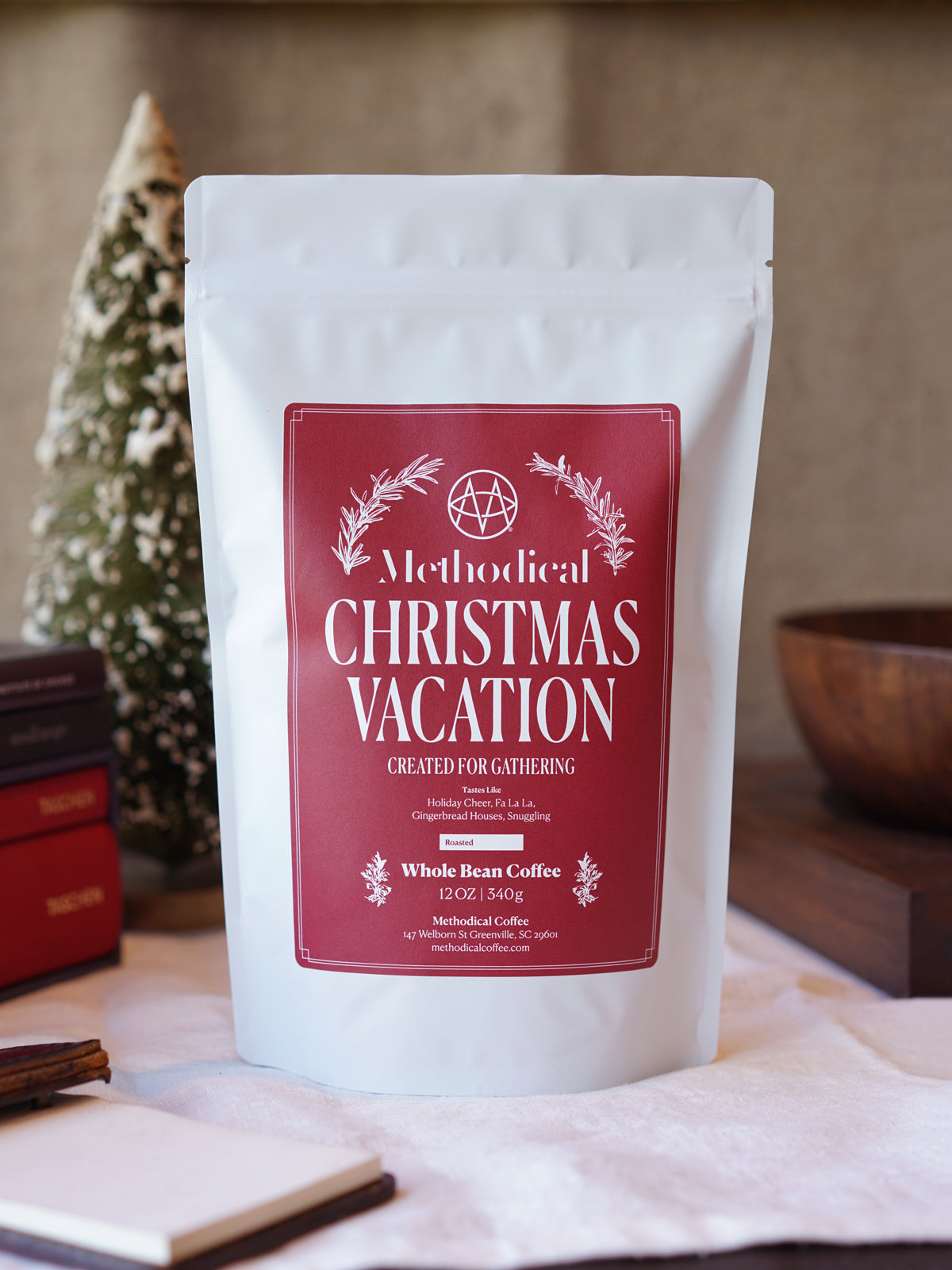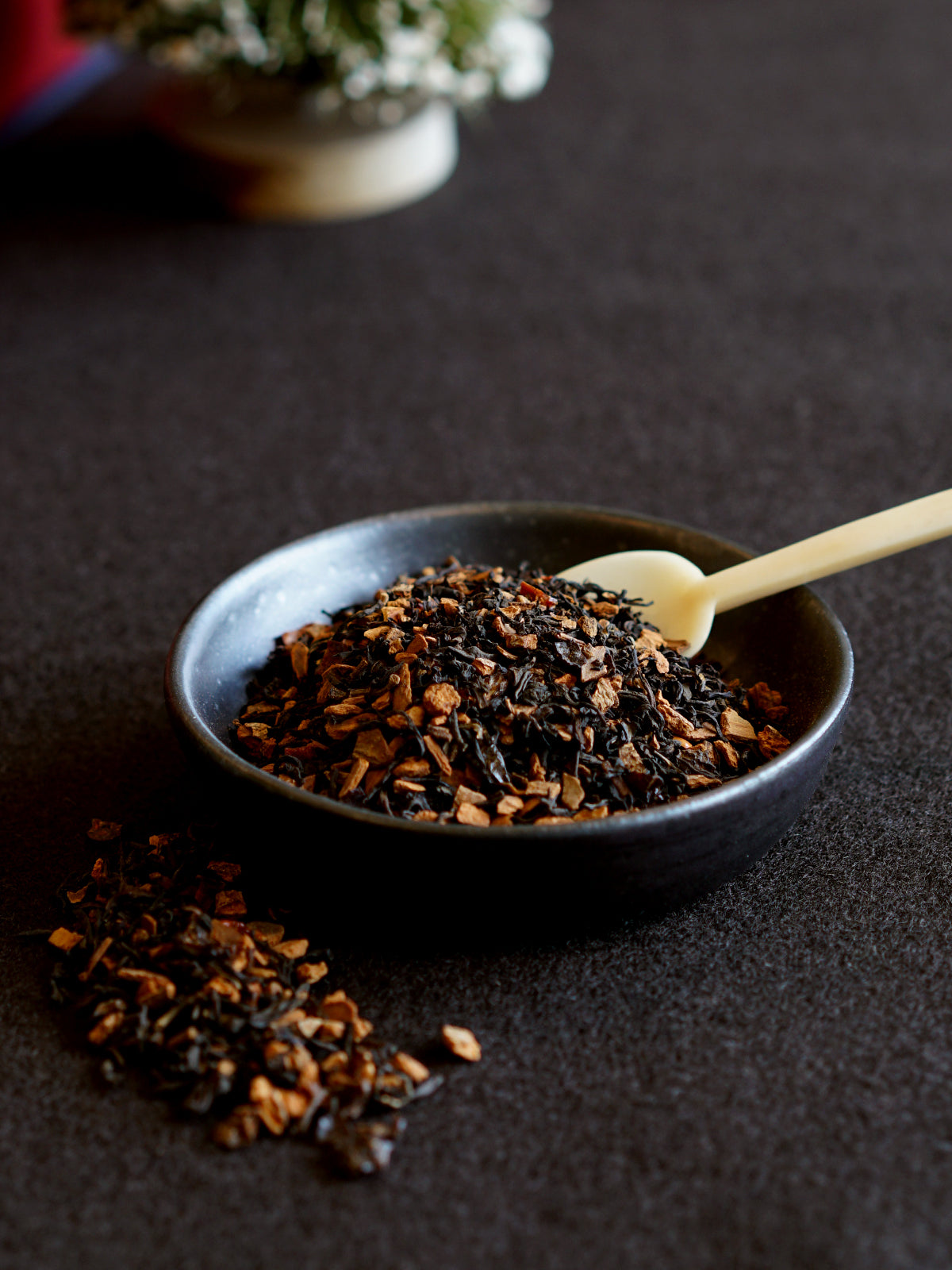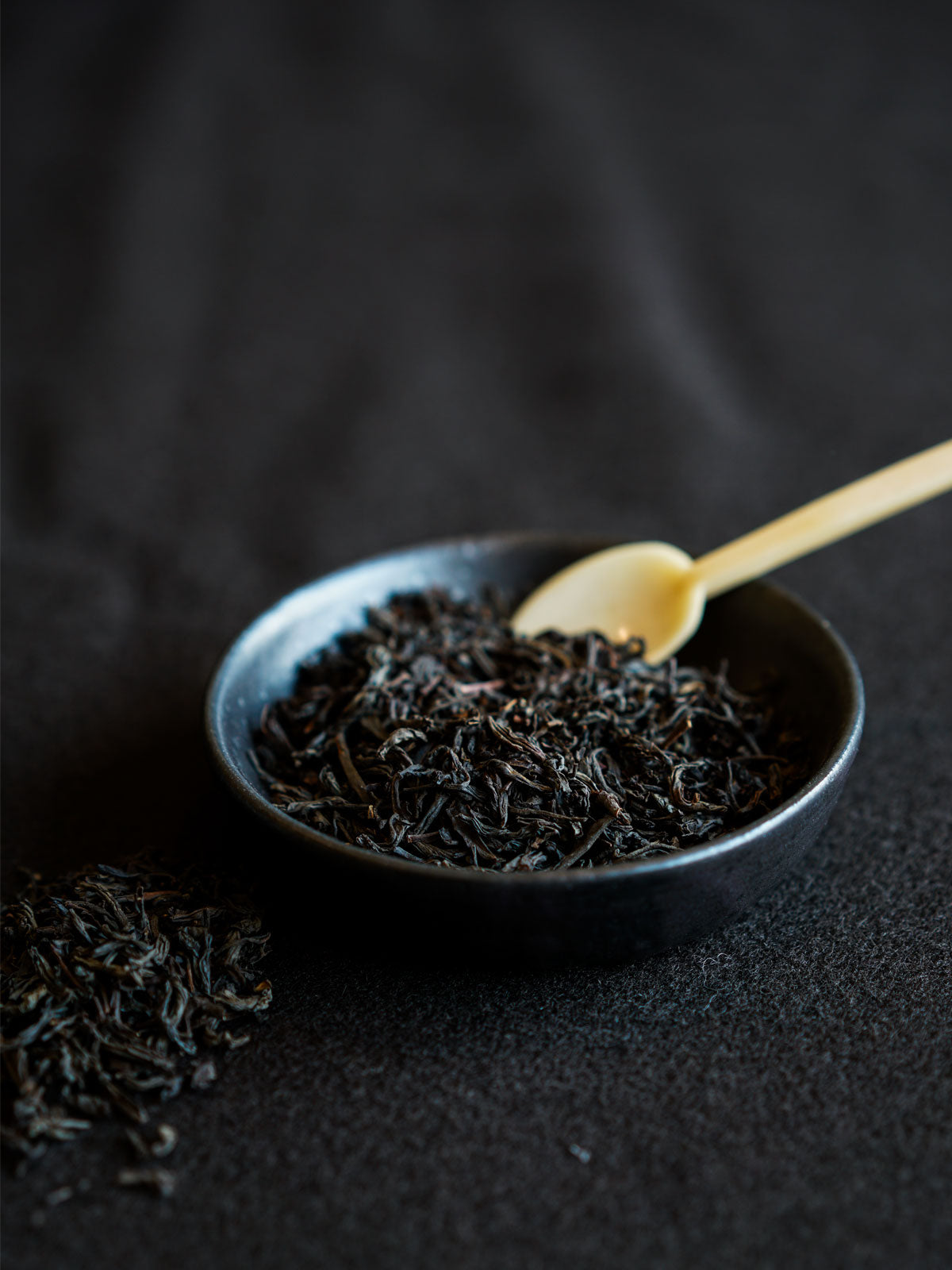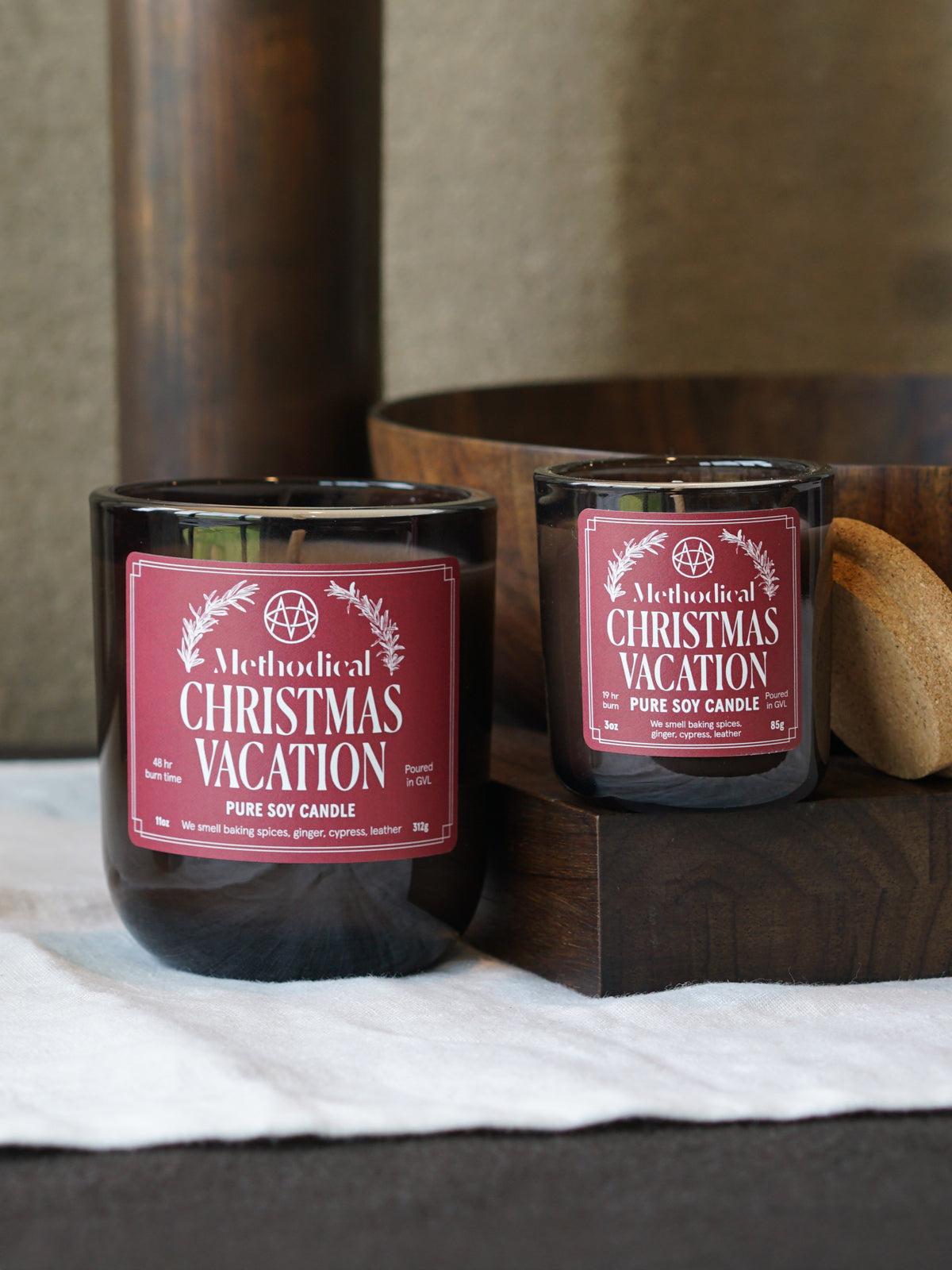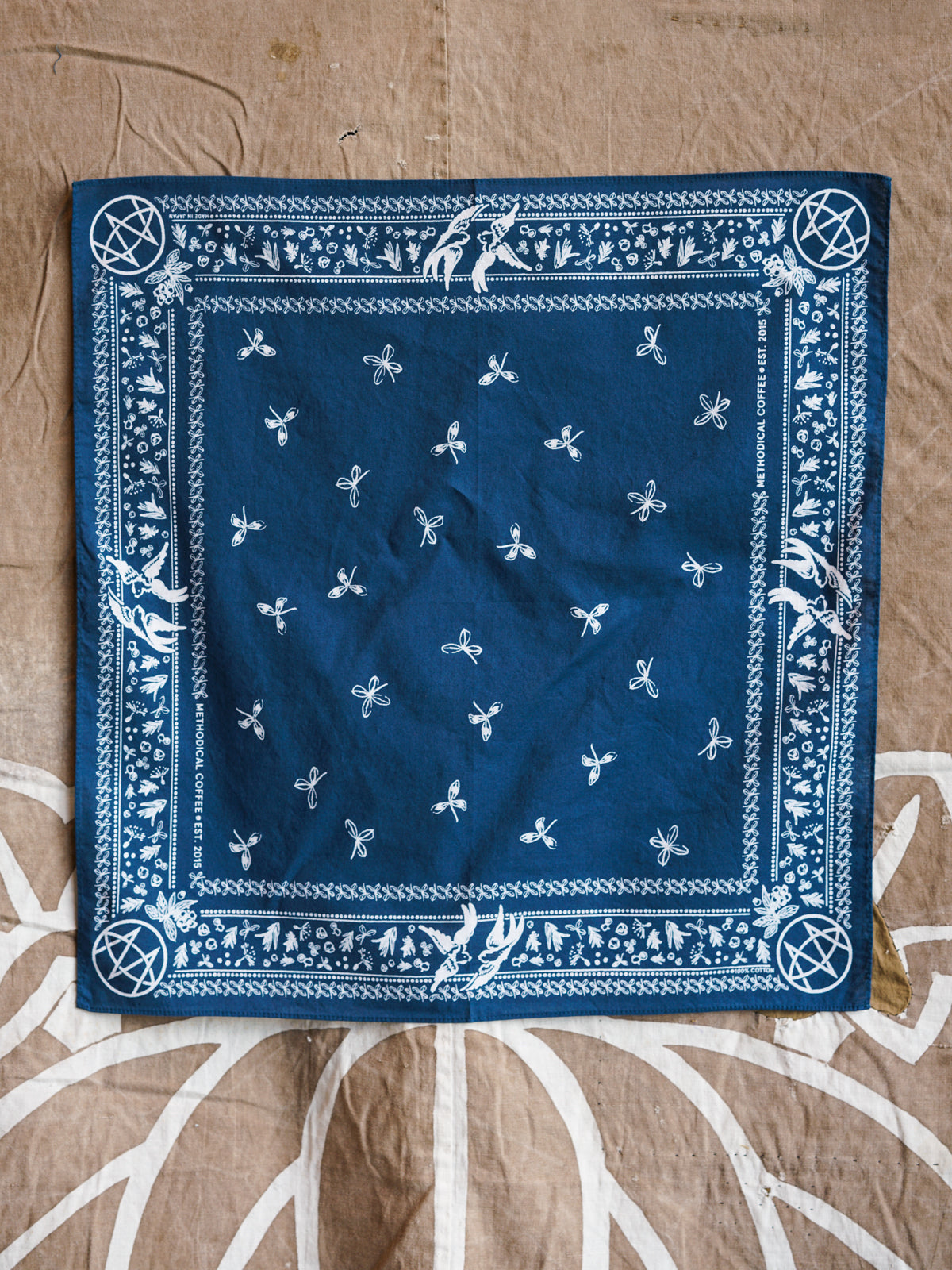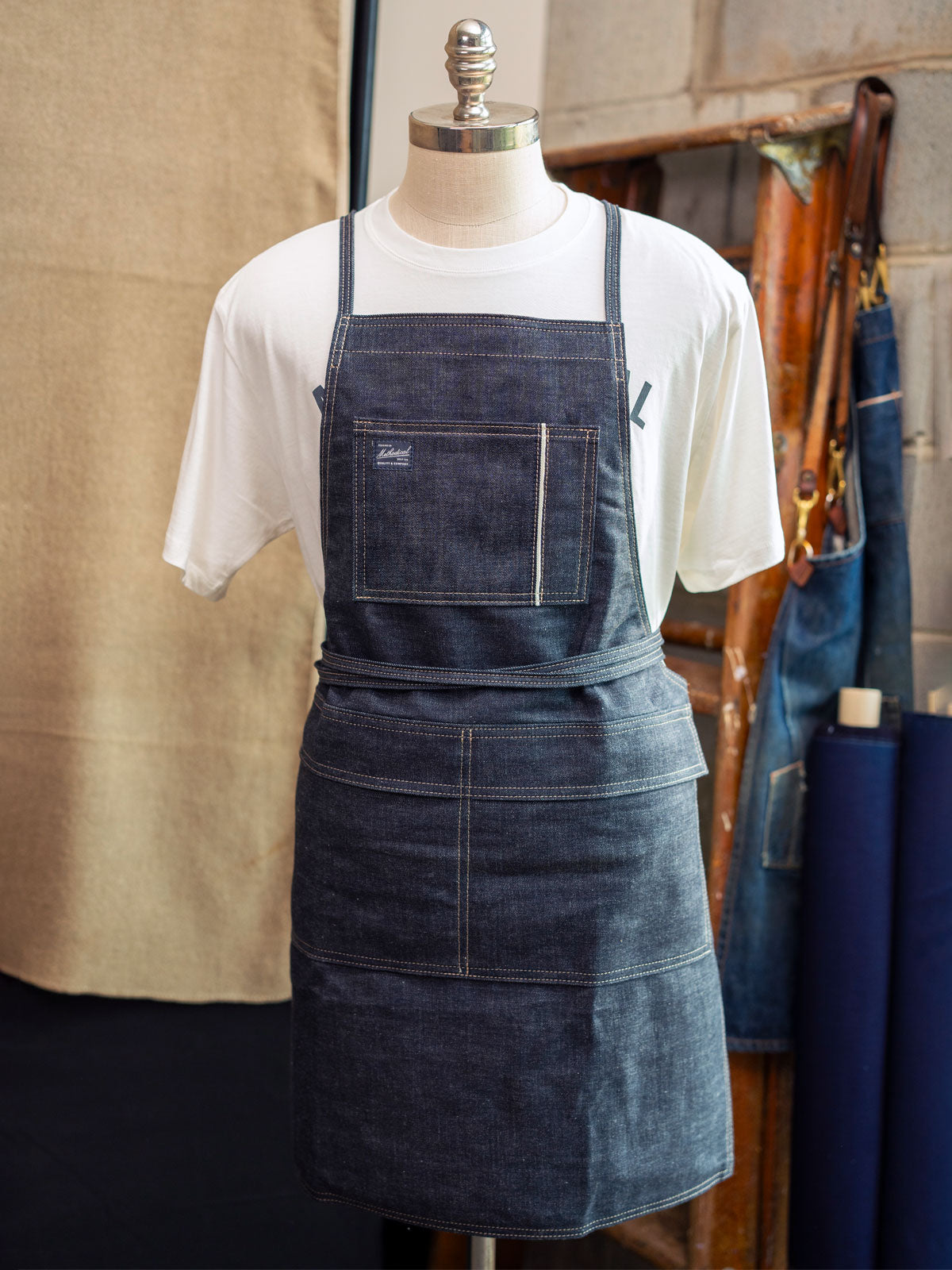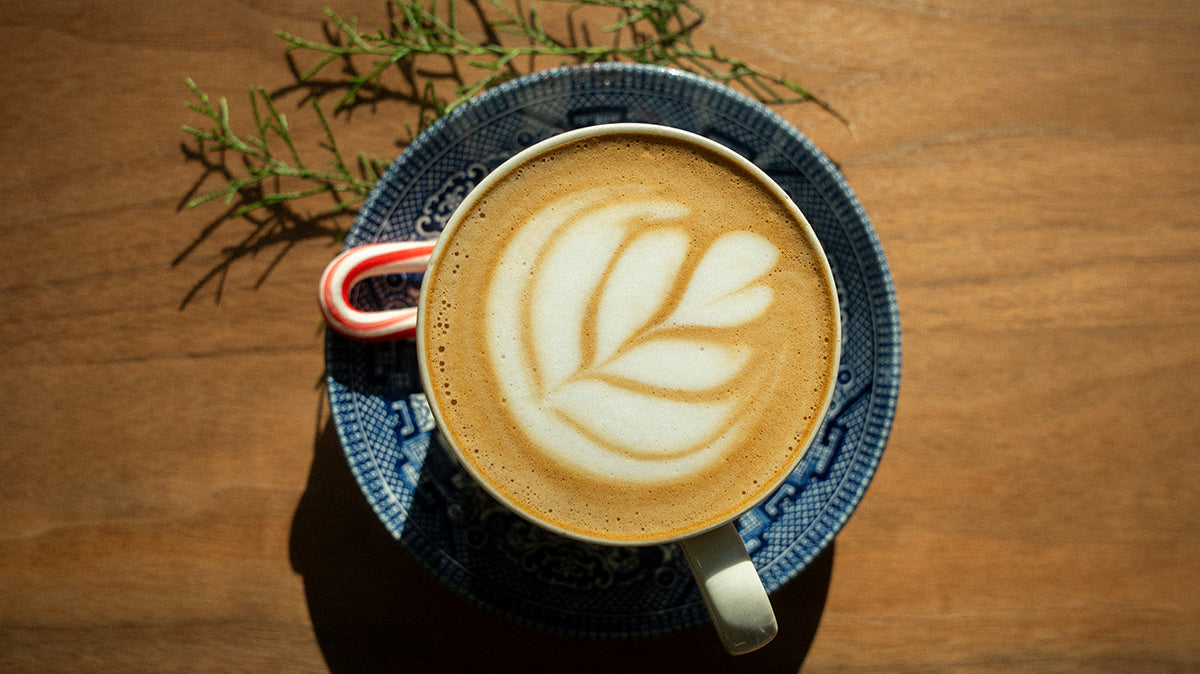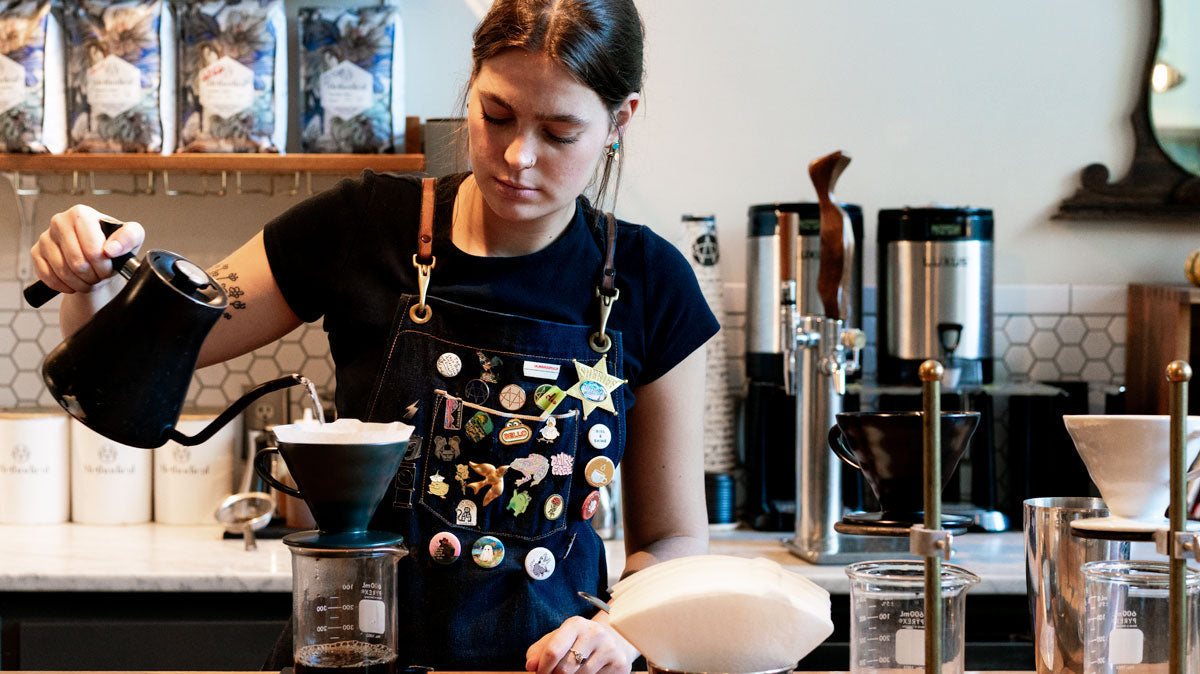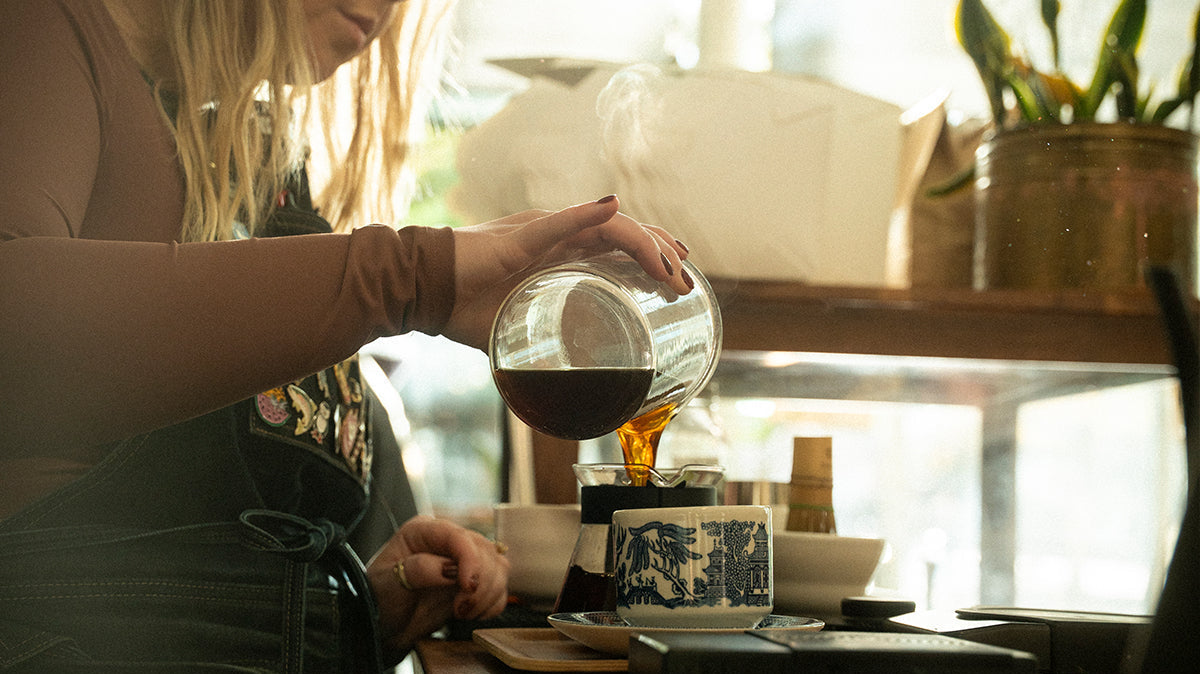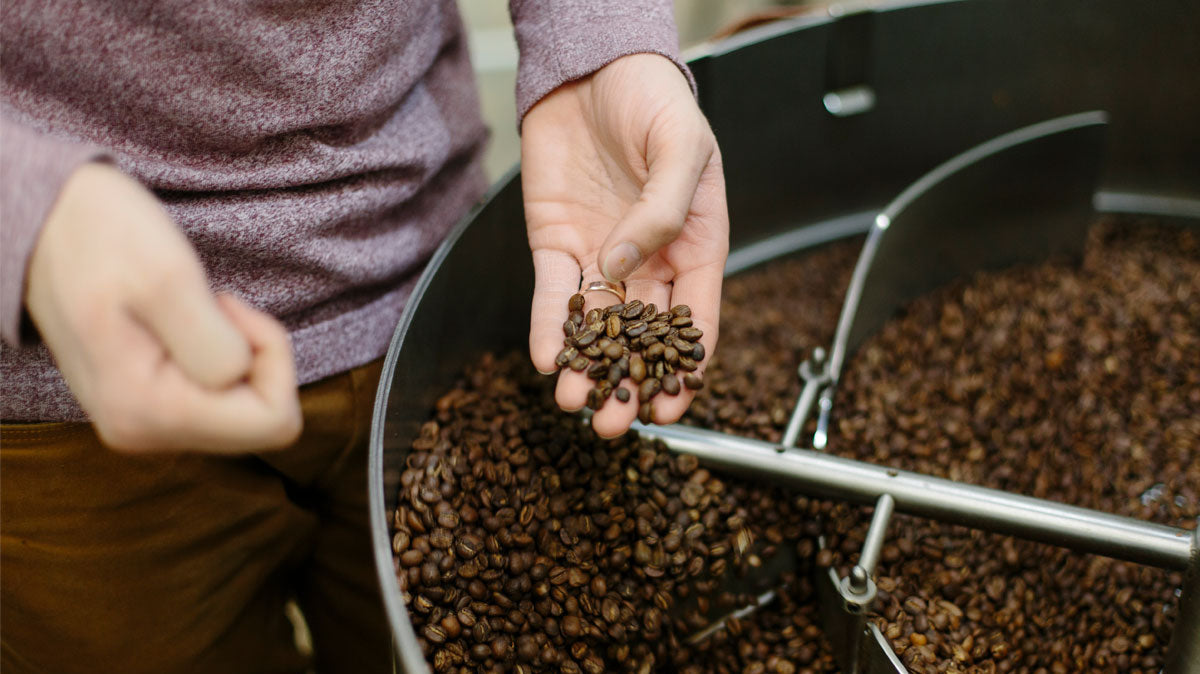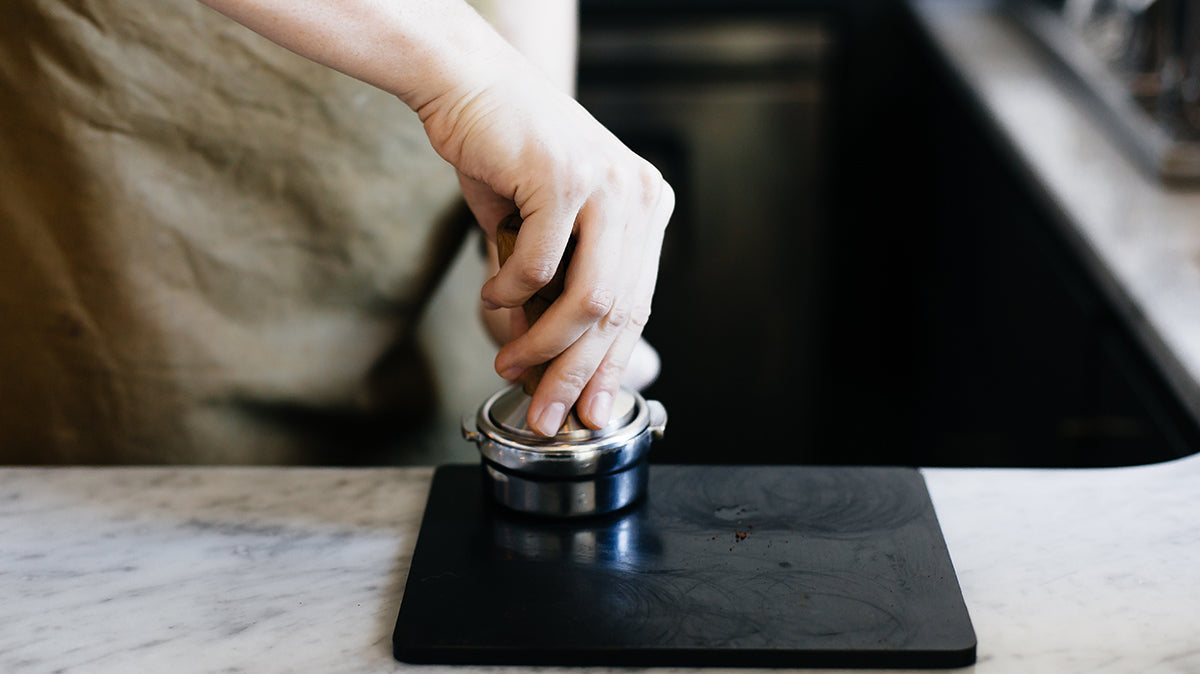Making a great cup of coffee is all about understanding how each element, from the beans to the water, plays a role in the final flavor. This guide walks through the fundamentals of what makes coffee truly shine: how to choose quality beans, pick the right brewing method, dial in your grind, and control the variables that bring balance to every sip. Whether you’re new to brewing or refining your craft, these steps will help you unlock the clarity, sweetness, and depth that make coffee such a rewarding experience.
Why Making a Great Cup of Coffee Matters
Coffee is one of the most complex beverages in the world, containing over 800 aromatic compounds. Those flavors shift dramatically depending on how you brew. A slightly finer grind, a few degrees difference in water temperature, or an extra 10 seconds of brew time can completely transform what you taste. Mastering those variables means unlocking the full potential of the coffee bean, tasting the sweetness, clarity, and nuance that roasters work so hard to preserve.
But the rewards go beyond flavor. Coffee can also offer real health benefits when enjoyed in moderation. Studies show that regular coffee drinkers may experience improved focus and energy, as well as potential long-term benefits for heart and brain health.
And then there’s the joy of pairing. Coffee’s natural acidity, bitterness, and sweetness make it incredibly versatile in the culinary world. A bright, fruity Ethiopian coffee pairs beautifully with citrus or dark chocolate, while a nutty Brazilian roast complements pastries and rich desserts. Exploring these pairings opens up a whole new way to appreciate coffee not just as a beverage, but as an ingredient that enhances flavor in every bite and sip.
Making a great cup of coffee transforms an everyday routine into an intentional act of craft. With each brew, you’re engaging with a living, sensory experience shaped by nature, science, and artistry.
Start with Good Coffee Beans
Every great cup begins with great coffee beans, where the foundation of flavor is set long before water ever touches the grounds. Choosing high-quality, freshly roasted coffee is the single most important step you can take toward brewing better coffee at home.
What Makes a Good Coffee Bean?
Good coffee starts with good sourcing. Look for beans that have been ethically and transparently sourced, ideally from roasters who share details about the farm, region, or cooperative. This transparency often signals freshness and care throughout the supply chain.
Freshness also matters a great deal. Coffee is a perishable product—over time, its aromatic oils oxidize, and the flavors flatten. For the best experience, buy coffee that was roasted within the last few weeks, and store it in an airtight container away from heat, light, and moisture. When you start with fresh, well-roasted beans, you’re setting yourself up for success before you even grind.
Terroir, Single Origin, and Blends
Just as wine reflects its vineyard, coffee reflects its origin. The term terroir describes the unique environmental factors like soil, altitude, and climate that shape a coffee’s flavor.
- Single origin coffees come from one specific farm or region, allowing you to taste the distinct characteristics of that place. A washed Ethiopian coffee might sparkle with notes of lemon and jasmine, while a natural-process Colombian could lean toward berry and chocolate. These coffees are perfect for those who love to explore nuance.
-
Blends combine beans from multiple regions to create balance and consistency. A thoughtful blend can harmonize bright, fruity notes with comforting chocolate and caramel tones, making it ideal for daily drinking or milk-based drinks like lattes and cappuccinos.
Understanding the story behind your beans helps you appreciate coffee not just as a drink, but as a global craft shaped by geography and tradition.
Roast Level and Its Impact on Flavor
Roast level determines how much of the bean’s natural flavor remains and how much is transformed by heat.
-
Light roasts preserve the most origin character. Expect pronounced acidity, floral aromas, and fruit-forward sweetness. They’re ideal for manual brews like pour overs, which highlight subtle flavors.
-
Medium roasts strike a balance between brightness and body. These coffees often feature caramelized sugars, nuts, and milk chocolate notes, making them versatile for most brew methods.
-
Dark roasts emphasize depth and richness, developing smoky, bittersweet flavors with lower acidity. They’re great for espresso or those who prefer a bolder cup.
Grind Your Coffee Correctly
The way you grind your coffee determines how much surface area of the coffee is exposed to water and that controls how quickly and evenly flavors are extracted. Get the grind right, and you’ll taste balance, sweetness, and clarity. Get it wrong, and even the best beans can taste bitter or dull.
Freshly Ground vs. Pre-Ground Coffee
Whenever possible, grind your coffee just before brewing. The moment beans are ground, their aromatic compounds begin to dissipate, and exposure to oxygen starts to dull their flavor. Within minutes, much of what makes coffee taste vibrant is already fading.
Pre-ground coffee might be convenient, but it can’t match the freshness and aroma of coffee ground moments before brewing. Even a small hand grinder can make a noticeable difference in the quality of your cup.
Burr Grinder vs. Blade Grinder
Not all grinders are created equal.
- Blade grinders chop beans unevenly, producing both fine powder and large chunks, and this inconsistency leads to uneven extraction. Some grounds over-brew while others under-brew, resulting in coffee that tastes both bitter and weak.
- Burr grinders crush beans between two abrasive surfaces, creating uniform particles. This consistency is essential for controlling extraction and repeatability. If you’re serious about improving your coffee, a burr grinder is one of the best investments you can make.
Matching Grind Size to Brew Method
Different brew methods require different grind sizes. Use these as starting points and adjust as needed.
|
Brew Method |
Grind Size |
Texture |
Brew Time |
|
Espresso |
Fine |
Table salt |
25–30 seconds |
|
AeroPress |
Fine/medium |
Slightly finer than sand |
1–2 minutes |
|
Pour over |
Medium |
Sand |
2.5–4 minutes |
|
Drip brewer |
Medium |
Sand |
4–6 minutes |
|
French press |
Coarse |
Kosher salt |
4 minutes |
|
Cold brew |
Extra coarse |
Rock salt |
12–18 hours |
Fine-tuning grind size lets you control flavor balance.
- If your coffee tastes sour or thin, try a finer grind. It’ll slow extraction and pull more sweetness and body.
- If it tastes bitter or dry, go coarser to reduce over-extraction.
Use Clean, Fresh Water
Water makes up more than 98% of your cup of coffee, so it’s no surprise that its quality has a tremendous impact on flavor. Even the best beans and the most precise brewing technique can’t shine if the water you use tastes flat or off.
How Water Affects Flavor
As water passes through the grounds, it dissolves oils, acids, and aromatic compounds, revealing the coffee’s sweetness, body, and balance. But not all water extracts equally well.
- Too pure (like distilled or reverse-osmosis water): It lacks minerals that help pull flavor from the grounds, often producing coffee that tastes sharp or hollow.
- Too hard (high in calcium or magnesium): It can mute acidity and clarity, leading to a flat or chalky taste.
-
Just right: Water with moderate mineral content enhances extraction, balancing brightness and sweetness for a round, full-bodied brew.
If your tap water tastes unpleasant on its own, it will likely affect your coffee the same way.
Filtered and Bottled Water Options
For most people, filtered tap water is the simplest and most effective solution. A charcoal filter or a home filtration pitcher can remove chlorine, odors, and impurities without stripping away all minerals.
If your local water is especially hard or treated, bottled spring water can be a great alternative. Look for one with a balanced mineral composition, not too soft, not too hard. Many coffee pros aim for about 75–150 ppm (parts per million) of total dissolved solids, which tends to produce a well-rounded cup.
Choose Your Ideal Brewing Method
There’s no single “best” way to brew coffee, only the method that brings you closest to the flavors you love. Each brewing technique extracts coffee differently, emphasizing distinct textures, aromas, and characteristics. Understanding what makes each method unique will help you choose the right one for your taste and routine.
Pour Over
Flavor Profile: Clean, bright, and nuanced.
Best For: Highlighting the delicate flavors of single-origin coffees.
Pour over brewing, using a dripper like a Hario V60 or Chemex, is all about control. Hot water is poured slowly and evenly over a bed of coffee grounds, allowing for precise extraction. The result is a cup of coffee with exceptional clarity and complexity.
Because pour overs brew one or two cups at a time, they’re ideal for morning rituals or slow weekends when you can enjoy the process as much as the result.
Learn how to brew a pour over coffee →
French Press
Flavor Profile: Full-bodied, rich, and textured.
Best For: Bold, comforting cups and larger batches.
The French press relies on immersion brewing: coffee grounds steep in hot water before being separated by a metal mesh plunger. Without a paper filter, more oils and fine particles stay in the cup, producing a heavier mouthfeel and deeper flavor.
This method pairs beautifully with medium or dark roasts, bringing out chocolate, spice, and roasted nut notes. It’s also one of the simplest ways to brew for two or more people during leisurely mornings or post-dinner coffee.
Learn how to brew a French press →
Automatic Drip Brewer
Flavor Profile: Balanced and consistent.
Best For: Everyday brewing with minimal fuss.
Automatic drip machines have come a long way. Modern brewers that maintain proper water temperature and even saturation can produce excellent results, especially when paired with freshly ground coffee.
Drip coffee tends to have a smooth, familiar profile, making it great for blends or medium roasts. It’s a reliable option for busy mornings when you want convenience without sacrificing quality.
Learn how to make coffee with a drip brewer (the right way) →
AeroPress
Flavor Profile: Smooth, concentrated, and versatile.
Best For: Travel, experimentation, and small-batch brewing.
Compact and durable, the AeroPress combines immersion and pressure to brew a single cup in about a minute. It’s endlessly adaptable—slight changes in grind size, brew time, or pressure can yield dramatically different results.
Because it’s lightweight and easy to clean, the AeroPress is a favorite among travelers and campers. Try it with lighter roasts to bring out sweetness and clarity, or go shorter and stronger for a concentrated espresso-style cup.
Learn how to make Aeropress coffee →
Espresso
Flavor Profile: Intense, complex, and aromatic.
Best For: Espresso-based drinks like cappuccinos, lattes, and macchiatos.
Espresso is brewed by forcing hot water through finely ground coffee at high pressure. The result is a small, concentrated shot topped with a golden crema—the essence of the coffee captured in about 30 seconds.
A well-pulled shot of espresso highlights balance: sweetness, acidity, and bitterness in harmony. While espresso requires more precision (and practice), it’s rewarding once dialed in. The same shot that anchors a morning latte can also stand alone as a rich, contemplative experience.
Learn how to pull a shot of espresso →
Cold Brew
Flavor Profile: Smooth, sweet, and low in acidity.
Best For: Refreshing iced coffee and make-ahead batches.
Cold brew is made by steeping coarse-ground coffee in cold water for 12-18 hours, then straining it to produce a concentrated brew. The long, slow extraction emphasizes sweetness while minimizing bitterness and acidity.
It’s perfect for hot days or for those who prefer a hands-off way of making coffee. You can drink it over ice, dilute it with water or milk, or use it as a base for creative coffee cocktails.
Frequently Asked Questions About Making Great Coffee
Should I freeze my coffee beans?
Freezing coffee beans can help preserve freshness if done correctly, especially if you buy in bulk. The key is to prevent moisture exposure. Divide beans into small, airtight portions and only thaw what you’ll use within a week. Avoid repeatedly opening and refreezing the same bag, as condensation can damage the flavor. For most people, storing beans in an airtight container at room temperature, away from light and heat, is sufficient if you go through them within a couple of weeks.
Does coffee dehydrate you?
Despite the myth, coffee isn’t truly dehydrating. While caffeine is a mild diuretic, the water in your coffee more than offsets any fluid loss. In other words, your morning brew still counts toward your daily hydration. Just don’t replace all your water with coffee!
How long do coffee beans stay fresh?
Whole beans are at their best within 2–4 weeks of roasting, depending on roast level and storage conditions. After that, flavor and aroma gradually fade. If you can, buy smaller amounts more often to ensure each cup tastes its best.
What’s the ideal coffee-to-water ratio?
A good general rule is 1 gram of coffee for every 16 grams of water, so about 1 tablespoon per 4 ounces. This can vary by brew method and personal taste, so treat it as a starting point rather than a rule. For more detail, see our full coffee-to-water ratio guide.
Learn more: Coffee-to-Water Ratio: The Ultimate Guide to Brewing Ratios
What’s the best water to use for brewing?
Filtered tap or bottled spring water typically gives the best results. Avoid distilled or reverse-osmosis water, which can make coffee taste flat, and very hard water, which can dull brightness.
Should I grind my coffee the night before?
It’s best to grind right before brewing. Ground coffee loses much of its aroma within minutes due to oxidation. If you need to save time, measure your beans ahead of time so you can grind quickly in the morning.
Your Blueprint for Better Coffee
Brewing great coffee is equal parts science and intuition. Once you understand the basics, you have the freedom to experiment and find what tastes best to you. With fresh, quality beans, clean water, the right grind, and a mindful approach to brewing, you can consistently create coffee that’s balanced, flavorful, and uniquely yours.
So take your time, trust your senses, and enjoy the ritual. Every great cup is both a science and an art—and the more you practice, the more rewarding it becomes.
So what are you waiting for? Grab some Methodical coffee beans and make that perfect cup.
You might also like:
- The Complete Guide to Drinking Espresso for Beginners
- 10 Coffee Myths and Misconceptions: Separating Fact from Fiction
- French Press vs. Pour Over vs. Drip: Which is Right for You?
